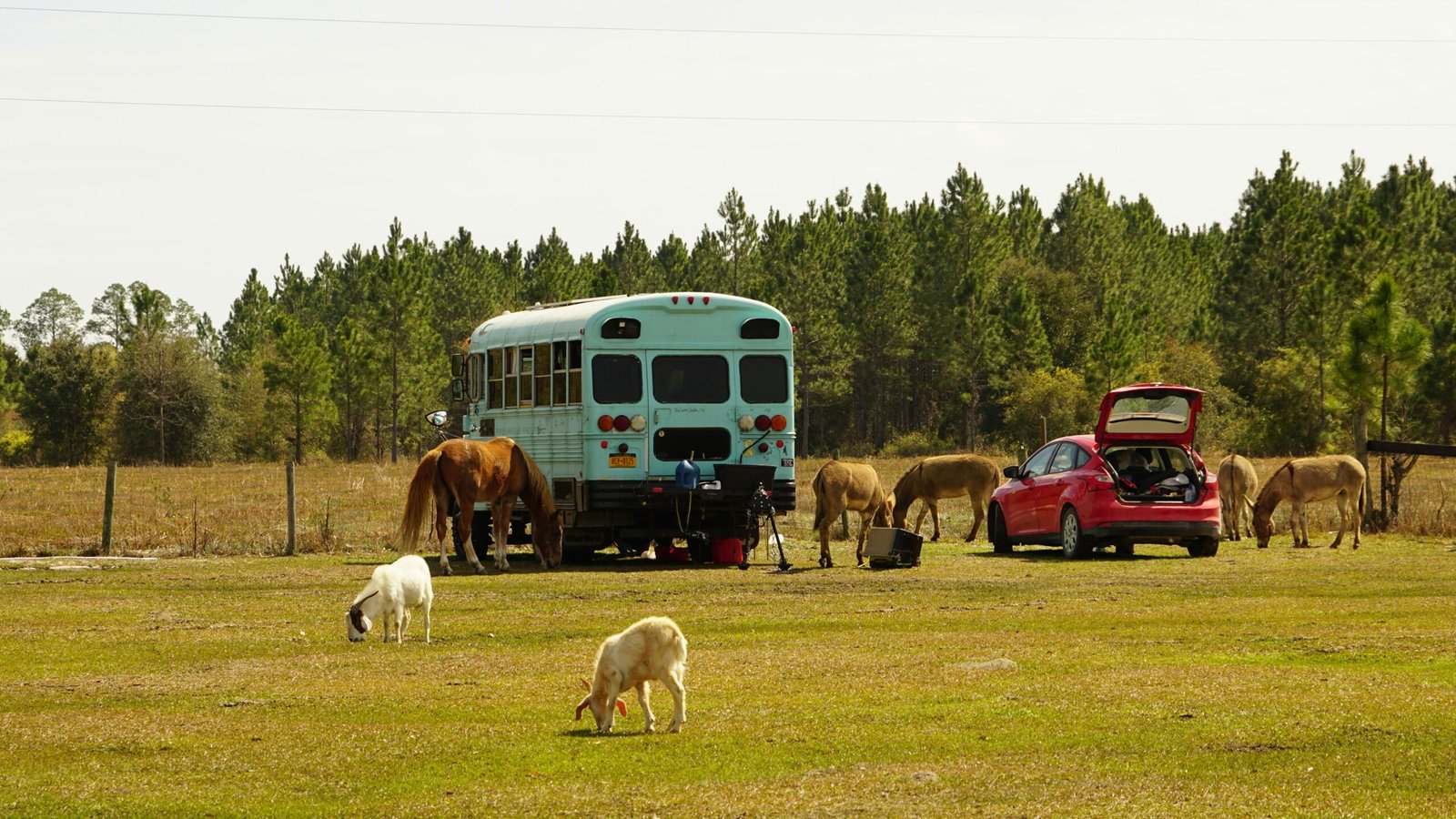September 19, 2024 – By Alex Magalhaes
The Harpy Eagle (Harpia harpyja) is not only one of the largest and most powerful eagles in the world but also one of the most striking symbols of the Amazon Rainforest. With its impressive wingspan, sharp talons, and distinctive crown of feathers, the Harpy Eagle is an apex predator that plays a crucial role in maintaining the delicate balance of the Amazonian ecosystem.
However, like many species in the Amazon, the Harpy Eagle faces increasing threats from human activities, making it a vulnerable species in need of focused conservation efforts.
Harpy Eagle: An Overview
Physical Characteristics
The Harpy Eagle is a visually awe-inspiring bird. Adult females, which are larger than males, can weigh up to 20 pounds and have a wingspan of up to 7.5 feet. Their size and strength are rivaled only by a few birds of prey around the world.
- Distinctive Features:
One of the Harpy Eagle’s most recognizable traits is its crown of feathers, which fans out when the bird is excited or threatened. These feathers give the bird a regal and intimidating appearance. Their talons are about the size of a grizzly bear’s claws, allowing them to easily capture large prey, including monkeys and sloths. - Plumage:
Their black and white plumage provides camouflage in the dense forest canopy. The chest is white, while the upper body, including the wings, is dark gray to black, helping the Harpy Eagle blend into its surroundings while hunting.
Habitat and Range
Harpy Eagles are primarily found in the tropical lowland rainforests of Central and South America, with the Amazon Rainforest being their most crucial habitat. They thrive in large, undisturbed tracts of rainforest, where they can hunt and nest high in the canopy. However, their range is shrinking due to deforestation and human encroachment, leaving fragmented habitats that are insufficient for supporting large populations.
Behavior and Diet
Harpy Eagles are apex predators, sitting at the top of the food chain in the Amazon. Their diet consists primarily of medium-sized mammals, such as sloths, monkeys, and various birds. They are known for their stealth and power, as they can swoop down from their high perches to catch prey with unmatched precision and strength.
- Hunting Style:
Harpy Eagles are expert hunters, using their strong legs and powerful talons to snatch prey from the canopy or forest floor. They are also known to be patient predators, waiting in ambush for the perfect moment to strike. - Solitary and Territorial:
These birds are solitary and highly territorial, requiring large hunting grounds to sustain themselves and their offspring. This need for vast, undisturbed areas makes habitat fragmentation particularly dangerous for their survival.
Reproduction and Lifespan
Harpy Eagles are monogamous and mate for life. They typically build their nests high up in the tallest trees, often choosing large, sturdy species like kapok or ceiba trees. These nests, which can be up to 5 feet in diameter, are used repeatedly for many years, with pairs raising only one chick every two to three years.
Harpy Eagle chicks stay with their parents for up to two years, learning crucial hunting and survival skills before venturing off to establish their territory.
Conservation Status
Despite their importance in the Amazon ecosystem, Harpy Eagles are classified as Near Threatened on the IUCN Red List. The primary threat to their survival is habitat loss due to deforestation, particularly in Brazil and other parts of South America where logging, agriculture, and mining are rampant.
Threats Facing the Harpy Eagle
- Deforestation:
Large-scale logging and land clearing for agriculture, particularly soy plantations and cattle ranching, have devastated vast areas of the Harpy Eagle’s habitat. These birds require large territories, and the fragmentation of forests isolates populations, making it harder for them to find mates and food. - Human-Wildlife Conflict:
Harpy Eagles are sometimes killed by farmers and hunters who mistakenly see them as a threat to livestock or fear them due to their large size and predatory nature. - Slow Reproduction Rates:
Harpy Eagles reproduce slowly, with a pair raising only one chick every two to three years. This slow reproduction rate makes it difficult for the population to recover from losses caused by hunting and habitat destruction.
Conservation Efforts
Several conservation organizations are working tirelessly to protect the Harpy Eagle and its habitat. Some of the most notable efforts include:
1. Habitat Protection and Restoration
Organizations like the World Wildlife Fund (WWF) and Rainforest Trust are focusing on preserving large tracts of rainforest to maintain the habitat Harpy Eagles need to survive. These efforts include the creation of protected areas and encouraging sustainable practices among local communities.
2. Community Education and Engagement
In regions where Harpy Eagles are found, educating local communities about the importance of this apex predator is crucial. Programs that promote eco-tourism and birdwatching have been successful in shifting the perception of Harpy Eagles from dangerous predators to valuable assets for local economies.
3. Monitoring and Research
Conservationists are actively monitoring Harpy Eagle populations through satellite tracking and field research. By understanding the bird’s movements and nesting behaviors, researchers can better protect key habitats and track population changes.
4. Breeding and Rehabilitation Programs
In some regions, breeding programs have been established to help raise Harpy Eagles in captivity to release them into the wild. These programs also rescue injured birds and work toward rehabilitating them for reintroduction into their natural habitats.
Why the Harpy Eagle Matters
The Harpy Eagle is more than just a predator; it is a keystone species in the Amazon. As an apex predator, it helps regulate the populations of other animals, maintaining the balance within the ecosystem. Without the Harpy Eagle, prey species like monkeys and sloths could overpopulate, leading to further ecological disruptions.
Moreover, the presence of Harpy Eagles is an indicator of a healthy, intact rainforest. Their survival signifies that large tracts of forest remain undisturbed, which is essential for the overall health of the Amazon and its biodiversity.
The Harpy Eagle stands as a symbol of the Amazon Rainforest’s grandeur and fragility. Protecting this majestic bird is not only essential for maintaining the biodiversity of the region but also for preserving the cultural and ecological heritage of the Amazon. By supporting conservation efforts and raising awareness about the threats Harpy Eagles face, we can ensure that future generations continue to witness the awe-inspiring flight of these incredible birds.
To fully appreciate the majesty of the Harpy Eagle and other incredible species of the Amazon, having the right birdwatching gear is essential. A top-quality pair of binoculars will enhance your experience by allowing you to observe birds up close without disturbing their natural behavior.
Recommended Birdwatching Equipment: Nikon Monarch 5 10×42 Binoculars
The Nikon Monarch 5 10×42 Binoculars are among the best in class for birdwatching. These binoculars offer 10x magnification and 42mm objective lenses, providing sharp, bright images even in low light conditions. With their lightweight and rugged design, they’re perfect for outdoor adventures in the Amazon or anywhere you plan to go birdwatching. The Monarch 5 binoculars also feature extra-low dispersion glass, which minimizes chromatic aberrations and delivers clearer views.
- Key Features:
- 10x magnification for detailed viewing
- Waterproof and fog-proof for durability in all weather conditions
- High-eyepoint design for easy viewing, even with glasses
- Rubber-armored body for a comfortable, non-slip grip
Affiliate Disclosure: As an affiliate, I may earn a small commission from qualifying purchases through links in this article, at no additional cost to you.









